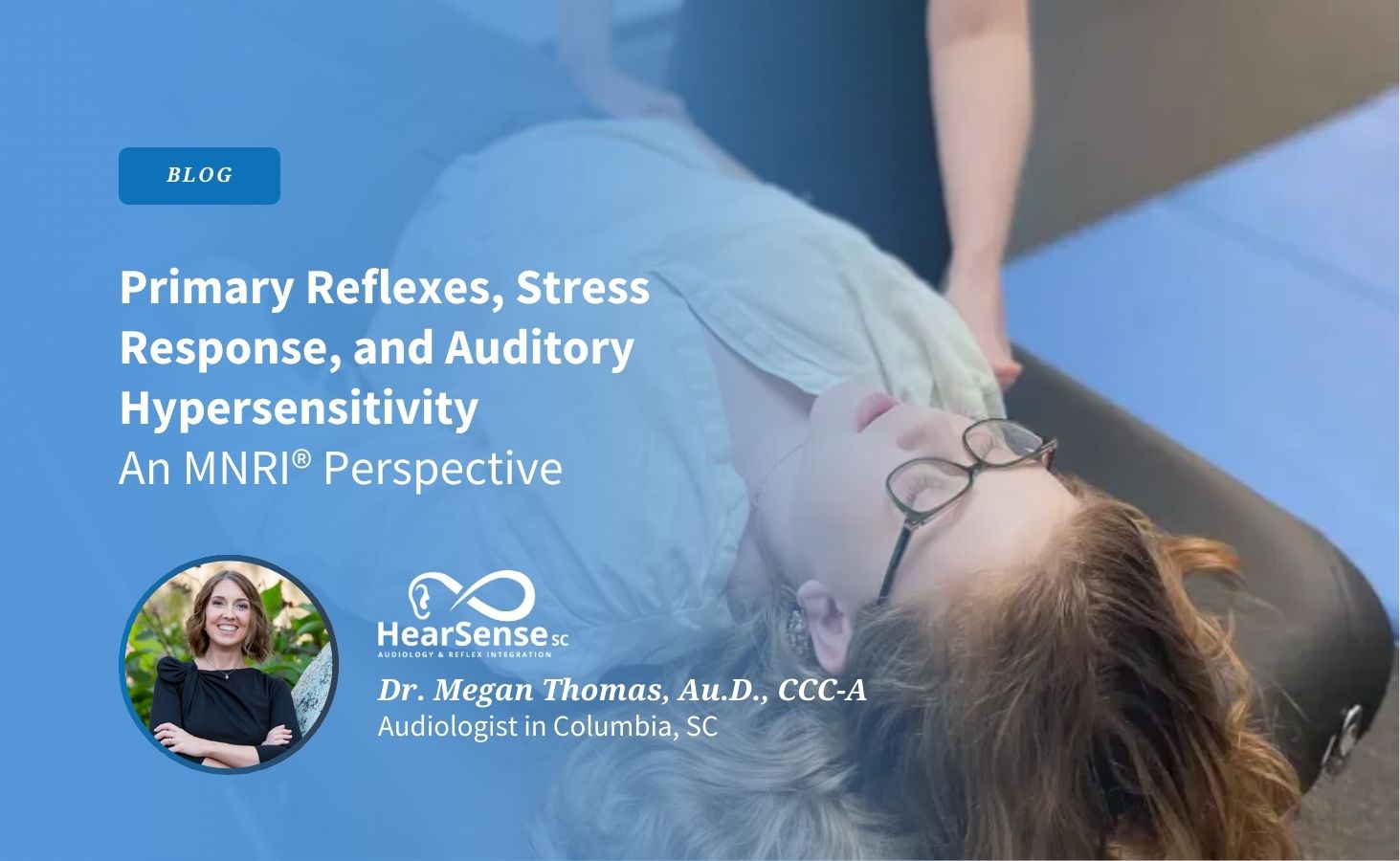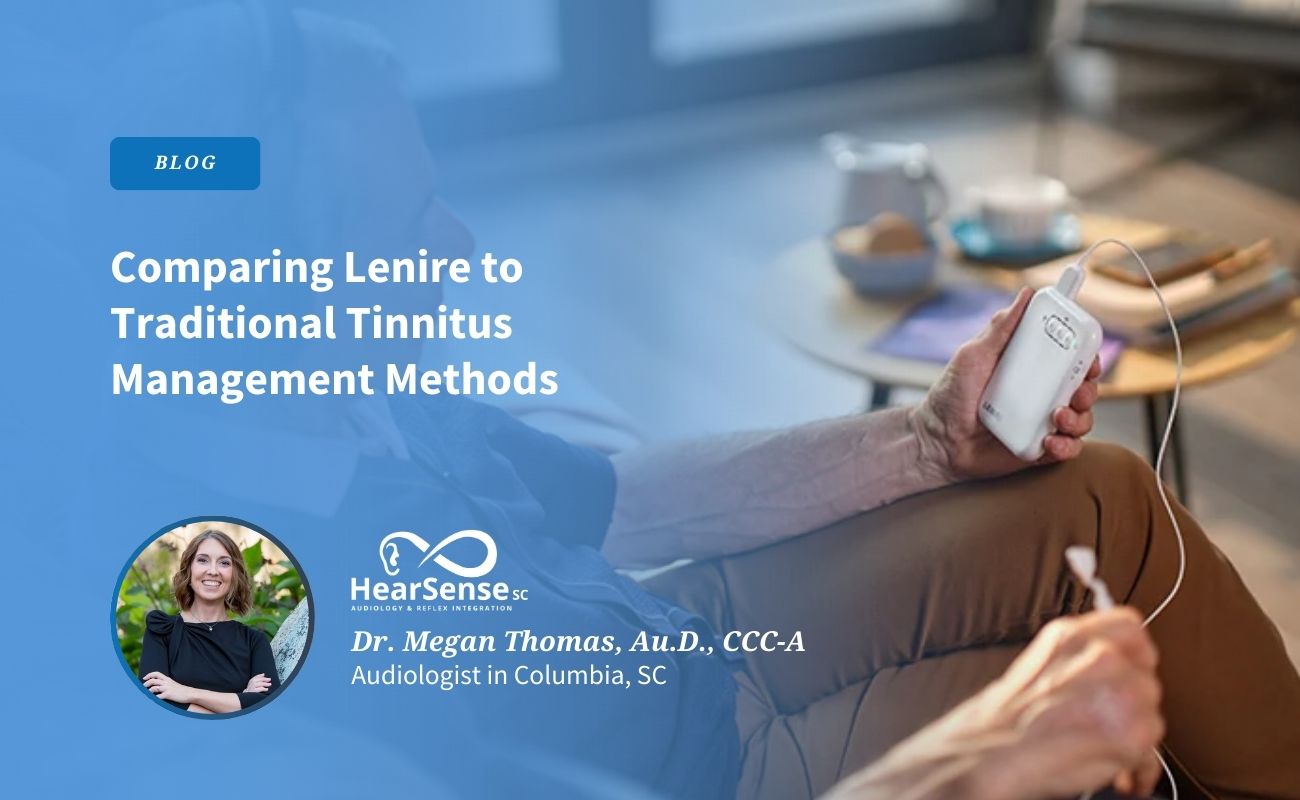Unveiling Connections: Asymmetrical Tonic Neck Reflex and Auditory Processing

The journey of childhood development is a complex dance of reflexes, motor skills, and sensory integration. Among these intricate movements is the Asymmetrical Tonic Neck Reflex (ATNR), a primitive reflex that, when persisting beyond its typical timeframe, can intertwine with challenges in auditory processing. In this blog post, we explore the intriguing link between the Asymmetrical Tonic Neck Reflex and Auditory Processing, shedding light on how understanding and addressing this reflex can pave the way for improved auditory experiences.
The Asymmetrical Tonic Neck Reflex (ATNR):
The ATNR is a reflex that emerges in early infancy, typically around the third month, and is crucial for the development of motor skills. When an infant turns their head to one side (due to an auditory or visual stimulus), the ATNR causes the limbs on that side to extend while the opposite limbs flex. This reflex aids in the exploration of the environment and contributes to the foundation of later motor coordination.
The Complex Intersection with Auditory Processing:
- Sensory-Motor Interplay:The persistence of the ATNR can influence the interplay between sensory and motor functions. As the reflex persists, it may impact the integration of auditory stimuli with motor responses, potentially affecting how a child processes and responds to sound.
- Sound Localization Challenges:The ATNR involves head-turning, a movement integral to accurate sound localization. Persistent ATNR may disrupt this process, leading to difficulties in precisely locating the source of sounds—a crucial skill in auditory processing.
- Attentional Demands:The coordination required to execute the ATNR can place additional demands on attention and focus. For individuals with persistent ATNR, this may result in challenges sustaining attention during auditory tasks, further complicating the processing of complex auditory information.
- Sensitivity to Loud Sounds: Pathologic or incorrect response to an ATNR stimuli (head turning) is frequently seen in individuals with sensitivity to loud sounds.
The Impact on Auditory Processing:
- Difficulty Filtering Sounds: Children/Adults with persistent ATNR may struggle to filter out irrelevant auditory stimuli. This difficulty in selective attention can contribute to the challenges associated with Auditory Processing Disorder (APD).
- Language Processing Hurdles: Auditory processing is integral to language development. Persistent ATNR may affect the seamless integration of auditory input and language processing, potentially hindering language comprehension and expression.
Intersection of MNRI and ATNR:
- Reflex Integration: MNRI employs specific techniques to address reflex patterns, including the ATNR. The method aims to facilitate the integration/maturation of primary reflexes, allowing for smoother transitions between reflex-driven movements and intentional, controlled actions.
- Neuroplasticity and Neural Pathways: MNRI is rooted in the concept of neuroplasticity—the brain's ability to reorganize and form new neural connections. By systematically applying MNRI techniques, including exercises targeting the ATNR, the method seeks to establish more efficient neural pathways and promote neurosensorimotor integration/maturation.
- Sensory-Motor Coordination: ATNR, when persistent, can impact sensory-motor coordination. MNRI interventions aim to enhance this coordination by addressing the underlying reflex patterns. This, in turn, may positively influence various aspects of motor development and cognitive functions.
- Facilitating Brain-Body Communication: MNRI works towards optimizing communication between the brain and the body. By addressing reflex patterns such as the ATNR, the method seeks to create a foundation for improved communication, allowing for more synchronized and efficient motor responses.
Conclusion:
The intertwining of the Asymmetrical Tonic Neck Reflex and Auditory Processing unveils a nuanced relationship that warrants attention in the realm of child development. Recognizing the potential impact of persistent reflexes on sensory and motor integration provides a pathway for targeted interventions. By addressing the challenges posed by the ATNR, we can empower individuals to navigate the auditory world with greater ease, fostering a harmonious balance between sensory-motor coordination and the rich tapestry of auditory experiences.
Related Articles
Read more articles
We have more information about APD, Audiology, hearing aids, hearing loss and more.

Primary Reflexes, Stress Response, and Auditory Hypersensitivity: An MNRI® Perspective

Buffalo Model APD Therapy: Professional Treatment via Telehealth


